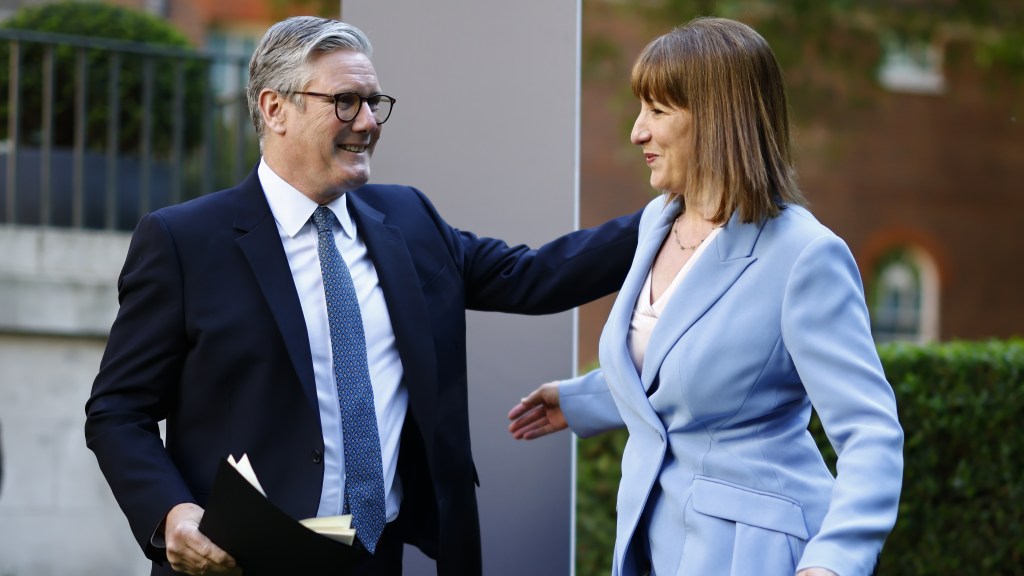Pension Surpluses Disappoint Reeves and Starmer
Recent reforms aimed at allowing employers to access surpluses from traditional pension schemes are projected to yield only £8.4 billion over the next ten years, a fraction of the £160 billion previously indicated by government ministers as potentially accessible.
An impact assessment report released by the Department for Work and Pensions suggests that the annual surplus could range from £153 million to £957 million.
This estimate contrasts sharply with the £160 billion in surpluses mentioned by Sir Keir Starmer and Rachel Reeves earlier this year, who claimed these funds could be utilized by employers for investments or increased pensions and wages.
Experts warn that even the £8.4 billion projection may be overoptimistic, as pension trustees are likely to be cautious about allowing cash withdrawals, preferring to maintain financial buffers against potential market downturns.
Employers are primarily interested in dismantling legacy schemes entirely, opting to use surpluses to fund buyout agreements with insurers, thereby alleviating ongoing risks rather than continuing with the schemes.
John Ralfe, an independent consultant, noted in a report for the Pension Insurance Corporation, “Disregard the notion of £160 billion in surpluses readily available for growth or enhancing workers’ pensions. The DWP’s figures reflect only a small fraction of this amount, primarily because many companies are seeking total buyouts through insurance contracts.”
The DWP’s estimate indicates that out of the £8.4 billion anticipated over the decade, approximately £4.2 billion would be allocated to employers, with an equal amount designated for increased pension payouts to scheme members.
One of the pivotal reforms proposed in the Pension Schemes Bill recently introduced aims to ease restrictions on accessing surpluses, a move touted by ministers as essential for stimulating growth in the UK economy.
However, some pension specialists are skeptical about whether the released funds will be directed toward capital investment. Neither of the two major firms, Schroders and Aberdeen, currently seeking to access their surpluses intends to use the funds for increasing capital investments or enhancing pension benefits.
There are concerns among pension fund members that imprudent employers could withdraw excessive cash, leaving insufficient resources to cover potential market downturns, although the government assures that protective measures will be implemented.
Rising bond yields have significantly bolstered the financial stability of many of the UK’s 5,000 defined benefit schemes in recent years, including those previously considered at risk. For instance, the Littlewoods scheme, once facing a £400 million deficit, recently announced a £16 million payout to shareholders of its sponsor, Very Group, after securing full benefits through buyout arrangements.
Additionally, the bill proposes initiatives to encourage the merging of defined contribution schemes to enhance their scale and promote investment in domestic private assets. The DWP report estimates that around 20 million individuals will benefit from these changes, which could lead to yearly financial gains of £34 million for businesses.
A statement from Downing Street earlier this year indicated, “About 75 percent of defined benefit pension schemes are currently in surplus, totaling £160 billion, but existing restrictions have hindered businesses from effectively investing these funds.”
Defined benefit pension schemes currently encompass about nine million members and hold approximately £1.2 trillion in assets, with most having closed to new contributions. The majority of private sector employees are now enrolled in non-guaranteed defined contribution plans.
A government representative remarked, “Our plans will unlock resources to stimulate the economy, eliminate growth obstacles, and ensure that both workers and businesses can benefit from these available assets.”




Post Comment